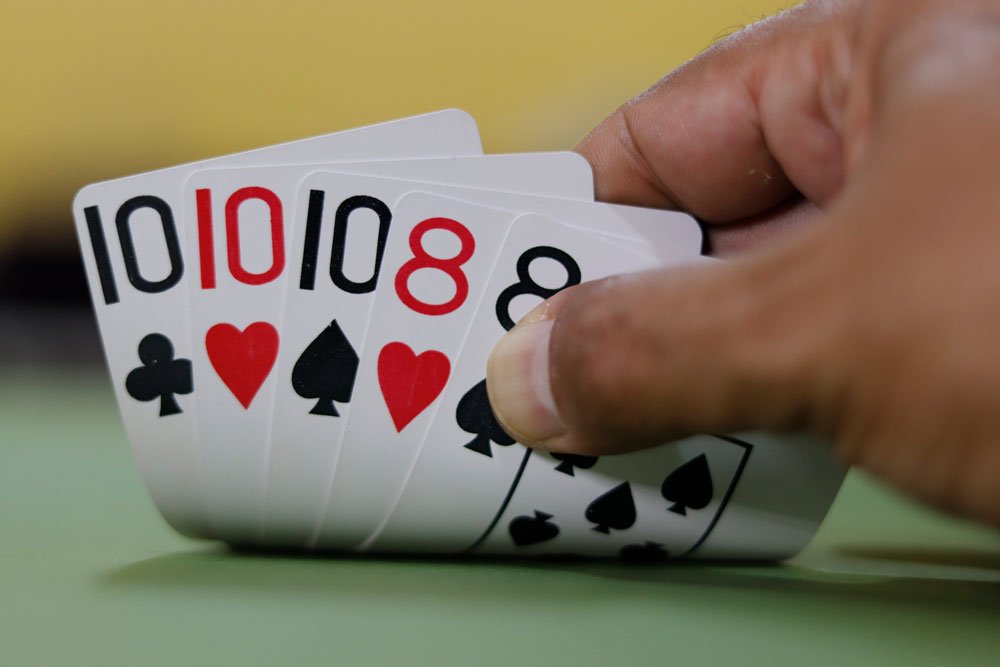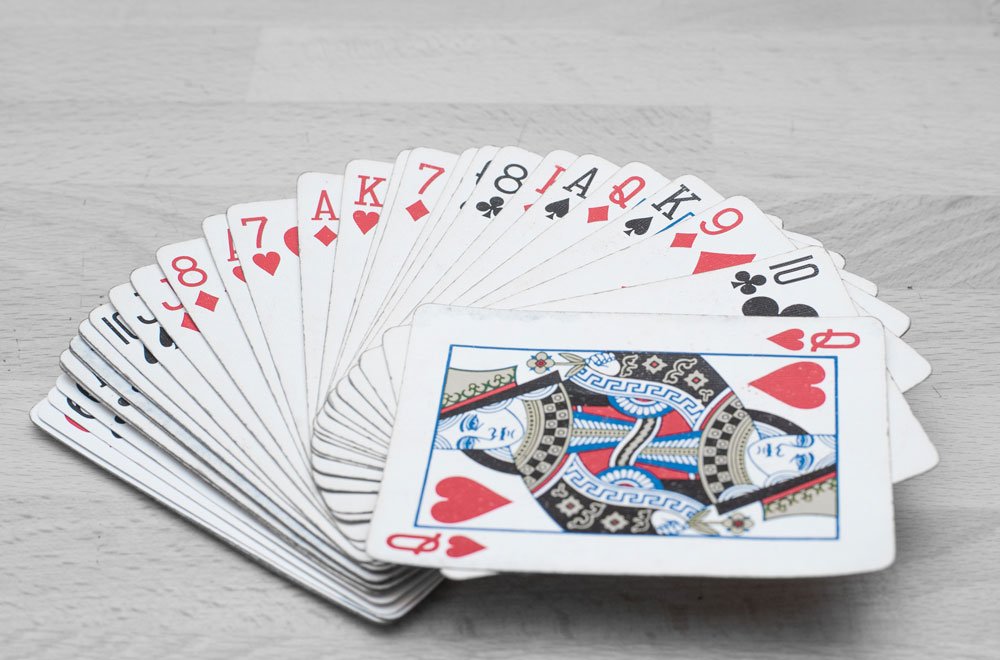Teen Patti Rummy mixes Teen Patti with Rummy. It’s getting a lot of attention from players who want a faster, smarter card game. In this review, we’ll keep things simple: rules, variants, pros and cons, safety, and ways to get better. If you already play, you’ll find ideas to sharpen your strategy. If you’re new, you’ll learn the basics without the fluff.
We’ll also cover where to play-online apps and live tables-and what to expect on each. By the end, you’ll know how the game works, what to watch for, and how to improve.
What is Teen Patti Rummy?
Teen Patti Rummy is an Indian card game that blends the hand-ranking feel of Teen Patti with the set-building logic of Rummy. It keeps the spirit of classic desi card nights but adds structure and pace. The result is a familiar game that rewards clear thinking, timing, and bankroll control.
The roots are local, the reach is global. You can play casually at home or for real stakes on mobile. Some platforms (for example, Octro TeenPatti) offer real-money modes and tournaments. Check your local rules, verify the app’s license, and use secure payments. Play only with money you can afford to lose.
Because it fuses two formats, the learning curve is friendly. You already know part of the system if you’ve played either Teen Patti or Rummy. The rest is pattern spotting, fold discipline, and reading the table. That balance-luck up front, skill over time-is why the game keeps growing.

How to play Teen Patti Rummy
Teen Patti Rummy blends Teen Patti’s hand pressure with Rummy’s melds. You draw, discard, and build valid sets and sequences. Then you declare. Many apps (like Octro TeenPatti) run the same core flow. Rules can vary by table, so always check before you join.
Quick flow:
- The dealer gives each player a fixed number of cards (varies by variant).
- A closed deck and an open discard pile sit in the middle.
- On your turn, draw one card (from deck or discard). Then discard one.
- Build sequences and sets in your hand.
- When your hand is complete, you declare. Others settle their points.
Keep bets and limits in mind if you play for money. Set a budget. Stick to it.
Basic rules
You score by forming:
- Pure sequence: three or more consecutive cards in the same suit, no jokers.
- Impure sequence: same as above, but you can use a joker.
- Set: three or four cards of the same rank, different suits.
Table rules decide details like:
- how many cards you get,
- whether you need at least one pure sequence,
- joker type (printed or wild),
- point values (many use Rummy values where A/K/Q/J = 10).
Good card management matters. Track live cards. Don’t chase every draw. Hold pieces that link to multiple outs. Discard in a way that doesn’t feed an opponent. If your hand stalls, cut losses and aim for a quick, legal finish instead of a perfect one.
Variations
Teen Patti Rummy has several twists. Pick the one that fits your style.
- Best of Four. You receive four cards, then keep the best three for your opening direction. It adds one extra decision and more room to outplay.
- Muflis. Hand ranking flips. The lower hand wins where applicable. You’ll value “bad” cards and avoid making strong ranks. It changes discard logic and reading the table.
- Joker-heavy tables. Some rooms use multiple wild jokers. That speeds up melds but raises the bar for safe discards. Watch what others pick from the open pile.
Apps like Octro TeenPatti host these variants. Check the room rules, entry fee, and payout structure before you sit.

Benefits of playing Teen Patti Rummy (more connected style)
Teen Patti Rummy can build strategic thinking, memory, and social ties, while easing daily stress. These are possible effects, not promises; results depend on the person and the way they play.
Improves strategic thinking
The game makes you plan each turn: manage cards, weigh odds, and time your moves. You read the table, react to discards, and adjust when the flow shifts. Over time, those choices sharpen judgment and discipline.
It also teaches risk control. You learn when to chase a draw and when to cut losses. You practice picking the line with the best long-term value, not just the flashiest win.
Try this:
- Before drawing, name your top two “outs.”
- If a plan needs two perfect draws, downgrade it.
- Review one tricky hand after each session. What would you change?
Enhances memory skills
Winning relies on recall: seen cards, safe discards, and common sequence patterns. Regular short sessions create many reps, which strengthens recognition and speeds decisions. You notice, remember, apply-then repeat in the next hand.
You don’t need a perfect memory. Simple tracking works. Keep rough counts by suit. Note which ranks look “dead.” Focus on the last few discards, not the whole shoe.
Drills that help:
- After a round, list three cards you saw leave the deck.
- Track one suit per game and rotate suits each session.
- Say your planned discard out loud (or in your head) before you draw.
Builds social connections
Card tables are naturally social, whether you sit together or meet online. Shared hands, small wins, and light chat create an easy rhythm. Private rooms make it simple to keep a weekly game with friends or family.
Structure makes it better. Set clear table rules, rotation, and small stakes. Keep tone friendly. Celebrate smart plays, not just lucky hits. That makes people want to come back.
Make it stick:
- Set a fixed day and short window (e.g., 60-90 minutes).
- Use voice or quick emotes for moments, not constant chatter.
- Run a simple league table for a month, then reset.
Reduces stress
Focused play gives your mind a narrow task and clear feedback loops. The mix of luck and skill keeps things fresh yet manageable. Set limits, take breaks, and stop on time so it stays a healthy reset.
Notice your state. If you feel rushed, annoyed, or chasing losses, step away. Short sessions beat long, tired grinds. Sleep, food, and mood matter more than the cards.
Keep it healthy:
- Use a timer (30-45 minutes), then take a 5-10 minute break.
- Pre-set a win cap and a loss cap; end the session when you hit either.
- If you can’t focus, don’t play. Come back when you’re clear-headed.

What Are the Drawbacks of Playing Teen Patti Rummy?
Teen Patti Rummy has real risks. It can trigger habit play, lead to money loss, and eat time. That’s why responsible play and basic gambling awareness matter for players in India.
Can Lead to Addiction
Teen Patti Rummy can become addictive without clear limits. Wins feel good; losses push you to chase. Over time, this can affect work, study, sleep, and relationships. Know the signs. You play longer than planned, hide sessions, or feel irritable when you can’t play. Set time limits, take regular breaks, and stop when you hit them. Self-regulation and a healthy attitude keep play in check.
Can Cause Financial Loss
Real-money play always risks loss. Swings happen even if you play well. A rushed top-up or chasing a bad session makes things worse. Use a budget. Set deposit and loss limits before you start. Track every payment and withdrawal. Prefer secure options like UPI or Paytm and review statements often. Spend only what you can afford to lose.
Can Be Time-Consuming
Games, levels, and tournaments can run long. Rematches and alerts make “one more round” hard to resist. Hours slip by, and other plans suffer. Manage your time. Pick short sessions and stick to them. Balance play with study, work, and rest. On platforms like Octro TeenPatti Rummy, turn off non-essential notifications and avoid marathon runs. Play should fit your day, not take it over.

Where can someone play Teen Patti Rummy?
You can play Teen Patti Rummy online or offline. Online apps make it quick to join a table. Offline games work well at private gatherings and club nights. Pick the option that fits your budget, time, and local rules.
Online platforms
Dedicated apps and browser sites host Teen Patti Rummy around the clock. You’ll find free rooms, low-stake cash tables, and scheduled tournaments. Many apps (including options like the Octro TeenPatti APK) support KYC, secure payments, and basic tools for limits and play reminders. That helps you keep sessions safe and organized.
Online play is social, too. You can sit at public tables, start a private room for friends, or join a club league. Real-time chat and simple emotes add a light touch without slowing the game. The mix of formats-points, deals, and events-lets you practice specific skills and face a steady stream of new opponents. Before you sign up, check the license info, fees, withdrawal rules, and whether real-money games are allowed where you live.
Physical venues
Teen Patti Rummy also works in person. People set up home games, join local gaming clubs, or add a table to cultural gatherings and festive meetups. Face-to-face play feels different: the pace is natural, reads are clearer, and the table talk is part of the fun. You can run short matches, friendly leagues, or a small weekend tournament with simple house rules.
Keep it lawful and clear. Agree on stakes, buy-ins, and time limits before the first deal. Use written rules for sequences, jokers, and shows to avoid disputes. If any form of cash play is restricted in your area, keep it casual and non-monetary. The goal is a safe, social game that everyone can enjoy and step away from easily.
Frequently asked questions
What is Teen Patti Rummy?
Teen Patti Rummy is an Indian card game that blends Teen Patti’s hand pressure with Rummy-style melds. You build valid sets and sequences, then declare.
How is it different from regular rummy?
Hands are smaller and faster, and bluff pressure matters more. Winning combinations and turn flow are tailored to this hybrid format.
Is it skill or luck?
Both. Cards you draw involve chance, but managing melds, discards, timing, and reads is skill. Skill matters more over many sessions.
Can I play online?
Yes. Many platforms offer free tables, cash games, and tournaments. You can play on mobile apps or in a browser with KYC and secure payments.
Is it safe to play?
It can be, if you choose a trusted platform, follow local laws, and use built-in limits. Read reviews, check licensing, and set a budget.
Are there variations?
Yes. Popular twists include Best of Four and Muflis, plus tables with different joker rules. Always read the table rules before you sit.

Aditya Khanna, hailing from India, has established herself as a distinguished expert in the field of card games, specifically Teen Patti. Her comprehensive knowledge and insightful analysis of the game have earned her widespread recognition. As a young woman, she has brought a fresh perspective to the traditionally male-dominated arena of card gaming. Her work often delves into the intricacies of Teen Patti, exploring its strategies, variations, and cultural significance in India. She combines her deep understanding of the game’s mechanics with a keen observation of its role in social and cultural contexts, making her articles both informative and engaging. Her expertise is not just limited to the rules and tactics of the game, but extends to its history, evolution, and its place in modern digital gaming platforms.

